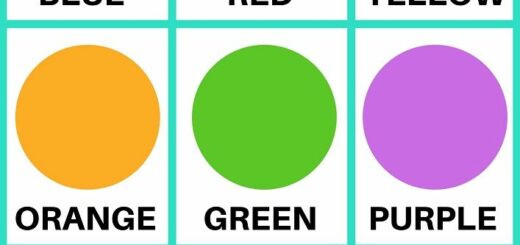UNIT 5: “AT THE YOUTH CLUB”
UNIT 5: “AT THE YOUTH CLUB”
VOCABULARY
ACTIVITIES
go roller skating – ir a patinar (patines)
go scooting – ir en patinete
read a magazine – leer una revista
play table football – jugar al futbolín
play cards – jugar a las cartas
make a snack – hacer un aperitivo
watch a film – ver una película
play board games – jugar a juegos de mesa
play pool – jugar al billar
do craft activities – hacer manualidades
FROM THE STORY…
ship – barco
pirates – piratas
trasure – tesoro
woman – mujer
soldiers – soldados
ocean – océano
husband – marido
frightening – aterrador
GRAMMAR
PAST CONTINUOUS – Pasado Continuo
Al igual que el presente continuo, el “past continuous” se utiliza para preguntar qué se estaba haciendo en un determinado momento del pasado, una acción que estaba en progreso en el pasado. Para ello hace falta el verbo “to be” en pasado (was / were) y el verbo principal terminado en -ing.
Was = I, she, he
Were = you, we, they
También puede usarse el pasado continuo acompañado del pasado simple, para decir lo que estaba pasando en el momento que otra acción se cruzó.
Por ejemplo: “I was studying when the phone rang.” (Yo estaba estudiando cuando el teléfono sonó.)
I was studying = past continuous / the phone rang = past simple
QUESTIONS & ANSWERS
Forma interrogativa:
What + was / were + sujeto + doing + tiempo determinado ?
What was she doing at 4 o’clock? – ¿Qué estaba haciendo ella a las 4?
She was watching a film. – Ella estaba viendo una película.
What were they doing this morning? – ¿Qué estaban ellos haciendo esta mañana?
They were making a snack. – Ellos estaban haciendo un aperitivo.
Forma afirmativa:
I was playing
you were playing
he / she / it was playing
we were playing
you (plural) were playing
they were playing
Forma negativa:
I wasn’t playing
you weren’t playing
he / she / it wasn’t playing
we weren’t playing
you (plural) weren’t playing
they weren’t playing
QUESTION & SHORT ANSWERS
También podemos preguntar concretamente si una persona estaba haciendo algo. En este caso responderemos con la forma corta.
Was + I / she / he + verbo terminado en -ing ?
Yes, + sujeto + was
No, + sujeto + wasn’t
Were + you / we / they + verbo terminado en -ing ?
Yes, + sujeto + were
No, + sujeto + weren’t
Ejemplos:
+ Was she reading a magazine this afternoon? – ¿Estaba ella leyendo una revista esta tarde?
Yes, she was. – Si, si estaba.
– Were you playing pool yesterday at 7 o’clock? – ¿Estabais vosotros jugando al billar ayer a las 7?
No, we weren’t. – No, no estábamos.
VERBOS A ESTUDIAR EN PASADO SIMPLE (DEBÉIS repasar los de la Unidad 4)
ser o estar: be – was / were tener: have – had
navegar: sail – sailed llegar: arrive – arrived
encontrar: find – found preguntar: ask – asked
llegar a ser: become – became escapar: escape – escaped
ver: see – saw comer: eat – ate
escalar: climb – climbed ir: go – went
empezar: start – started querer: want – wanted
acabar: finish – finished decir: say – said
ver: watch – watched
LIKE + -ING
Podemos usar los verbos “like”, “love”, “hate” y “don’t mind” para decir como nos sentimos hacia una actividad. A estos verbos no se les añade -ing al final, es decir, no se pueden usar en forma continua. Se les llaman “Stative verbs” o “Verbos estáticos” porque describen sentimientos o estados. Por ejemplo:
I love watching films. – Me encanta ver películas.
She doesn’t like going to the dentist. – A ella no le gusta ir al dentista.
They hate tidying their bedroom. – Ellos odian recoger su habitación.



